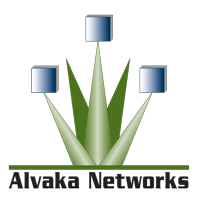mrc’s Cup of Joe discusses 5 ways CIOs and IT leaders can do more with less
Summary: CIOs and IT leaders face a daunting task. Gone are the days of simply supporting the business. These days, the expectations placed on the IT department are at an all time-high. CEOs and business executives now demand more business value from the IT department. But, most IT departments are already overworked and understaffed. How can the modern IT department meet these changing expectations using their current resources?
The modern IT department is under more pressure than ever before. They must move quickly. They must shift from a back-office role into a technology driver. They must become a true business partner.
The problem: Most IT departments are already overworked and understaffed. They’d love to move quickly, but they’re constantly putting out fires. They’d love to become a technology driver, but maintaining existing technology and supporting the business keeps them busy already.
The question: How can your IT department become more productive using your current resources and skills? How can they do more with less?
Click here for the full story – 5 ways CIOs and IT leaders can do more with less
